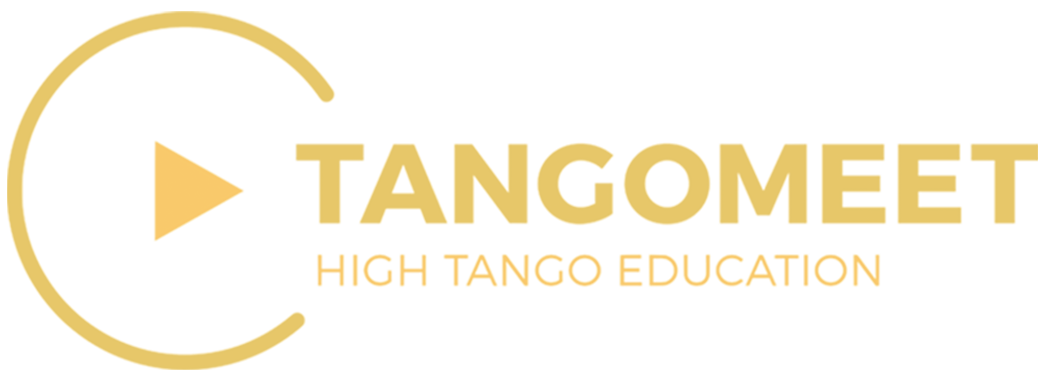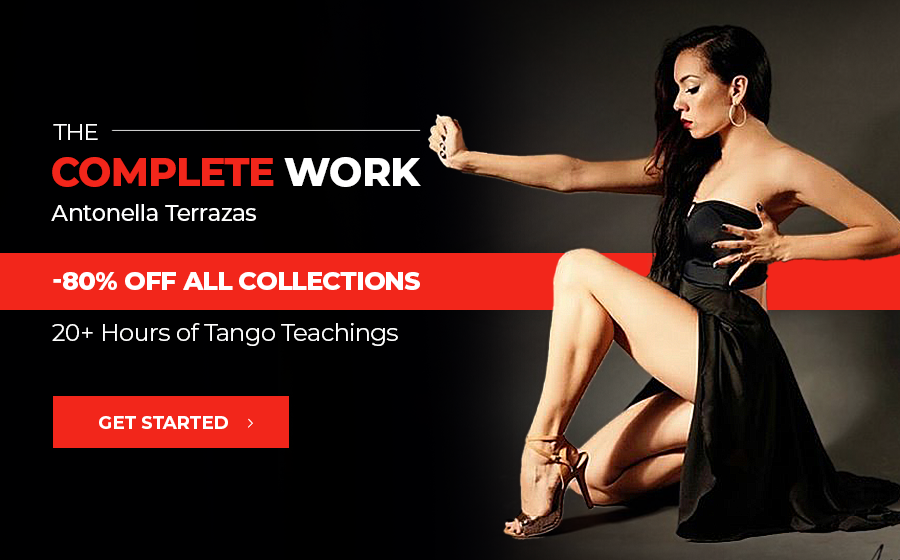THE IMPORTANCE OF SELF-STUDY, by Veronica Toumanova
 I bet every tango teacher told you to practice. Practice makes perfect, they said. And as adults who had to study and get a profession, we all know this to be true in every domain. Yet, when it comes to tango as a hobby, we are reluctant to accept this. We go to classes and milongas and hope it would all somehow turn out fine.
I bet every tango teacher told you to practice. Practice makes perfect, they said. And as adults who had to study and get a profession, we all know this to be true in every domain. Yet, when it comes to tango as a hobby, we are reluctant to accept this. We go to classes and milongas and hope it would all somehow turn out fine.
You see, tango is a difficult dance. In short it requires your nervous system to process and manage an enormous amount of information coming from inside and outside of your body simultaneously. Your attention needs to run along four channels: your own movement, your partner’s movement, the music and the navigation in space. All of this while improvising together with another person to music you might not even know. This is a significant cognitive charge and it takes several years to learn to handle this. Not to mention the endlessly rich tango vocabulary!
Tango is also a social activity and this means that as a dancer you have a social value that will determine who dances with you and who doesn’t. Many factors play a role but in general the better your dance skills, the higher your social value in any given circumstances.
How do we learn movement? First, your brain needs to have a detailed conceptualisation of what it is you are supposed to do based on visual and verbal information from external sources like classes. Second, your body needs to find the “right” movement and to register how it feels. At this stage it is important to get feedback from an expert on whether you are doing it right. Third, you need to repeat this new movement many times correctly in order for the freshly installed neural pathways to be reinforced and for the movement to become a habit. With the emphasis not only on “many times”, but also on “correctly”.
Why do we want movements to become habits?
Because the last thing we want to do when dancing to our favorite d’Arienzo is to obsess about technique!
If you work hard in class but never practice you will still learn, but your progress will be slow because your learning process is lacking a whole phase, and very important one. Besides, in milongas your body will naturally revert to the already existing habits, rather than reinforcing the new neural pathways. You end up in a maddening cycle of “Things are working better! Nope, same old!” Many dancers get trapped in this cycle. Some people then desperately look for a magician teacher to “download” the right information into their brain so that everything works once and for all (spoiler: it doesn’t). And some people abandon the struggle altogether, losing faith in their own abilities.
The good news is that you can break this cycle with regular self-study, but you need to know how to do it. This requires a plan and some discipline. Self-study will give your nervous system time to integrate new information and allow your body to familiarise itself with the new movements. Self-study can be done alone or with a partner, but I recommend you invest specifically in solo practice, especially if you don’t have a practice partner at the moment. In my experience solo practice, also known as “technique”, is what delivers the most lasting results. Tango is like a relationship: you will be a better partner if you take time to work on your issues alone. In my next posts I will discuss in detail the best approach to self-study and the tools you need.
As I write this, the world is in a grip of a pandemic. We are told to stay home, all tango events are cancelled and classes are postponed for an unknown time. I sharply feel the collective despair of tango dancers deprived of their passion, hobby and, for some, work. Let the idea of practicing solo become a consolation and a bridge to a better future when we can embrace again.
If life is the best teacher, as they say, then maybe this teacher is now telling us to practice?


